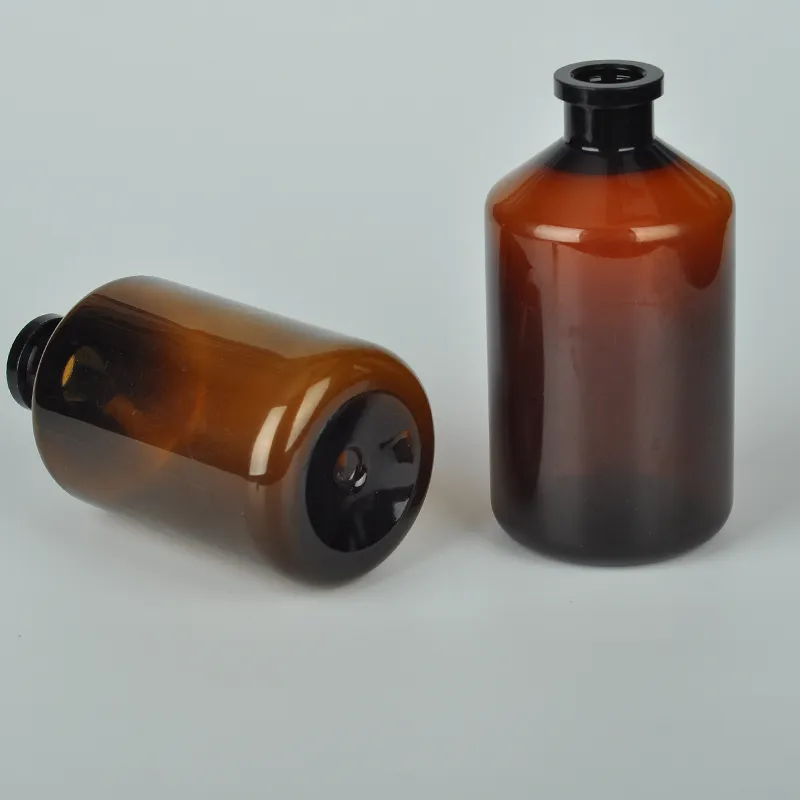https://www.wahmg.com/)">
Understanding the Volume Measurement of Liquid Droppers in Milliliters for Accurate Dispensing
Understanding the Volume Measurement of Liquid Droppers in Milliliters for Accurate Dispensing
Understanding the Measurement of Liquid Dropper in ml
In the realm of liquid measurement, consistency and precision are paramount, especially in fields such as medicine, chemistry, and cooking. One common tool that ensures accurate dosing and dispensing of liquids is the dropper. Although many are familiar with droppers, the relationship between drops and milliliters (ml) often raises questions, prompting a closer examination of this simple yet essential instrument.
Understanding the Measurement of Liquid Dropper in ml
The importance of this conversion becomes evident in several practical applications. In the medical field, for instance, dropper measurements are crucial when administering medications. Pediatric dosages, for example, often need to be precise to ensure safety and efficacy. Healthcare professionals rely on these measurements to dispense the correct amount of liquid medication, especially for children who may not require a full milliliter dosage. By understanding the correlation between drops and milliliters, caregivers can better manage medications, reducing the risk of overdose or underdose.
dropper in ml

In culinary applications, precise measurements are equally critical. Many recipes, especially in baking, may call for specific volumes of liquid ingredients such as oils or flavorings. Using a dropper can help achieve the necessary amounts with great accuracy, ensuring that the flavors and textures of the dish are just right. Notably, when dealing with potent flavoring agents like vanilla extract or food colorings, a drop or two can significantly influence the outcome of a recipe. Understanding how many drops correspond to a milliliter aids cooks in achieving their desired results consistently.
In the realm of science, especially during experiments in chemistry, the measurement of liquids is fundamental. Students and researchers frequently utilize droppers when adding reagents to solutions. The ability to convert drops to milliliters facilitates recalibrating formulas and allows for a clearer understanding of concentration levels when diluting substances. Accurate measurements are vital for reproducibility in experiments, making the dropper an indispensable tool in scientific research.
While the general rule of thumb is that one milliliter equates to approximately 20 drops, this may slightly differ based on the liquid used. For example, thicker liquids, such as glycerin or syrups, may result in fewer drops per milliliter, while thinner liquids, such as water or alcohol, may yield more. Therefore, users should consider the specific properties of the liquids they are measuring.
In conclusion, while the dropper may seem like a straightforward tool, its role in measuring and dispensing liquids is complex and vital across various fields. By understanding the relationship between drops and milliliters, individuals can improve their accuracy in dosing medications, enhancing the cooking process, and conducting scientific experiments. As precision becomes increasingly significant in our daily lives, knowing how to effectively use tools like the dropper enhances our ability to manage liquids more effectively, fostering safety and success in all endeavors.
-
Wholesale Plastic Juice Bottles with Caps 16 oz Options Available Bulk Packaging SolutionsNewsJun.10,2025
-
Laboratory Apparatus Reagent Bottle – Durable & Chemical Resistant Bottles for Safe StorageNewsJun.10,2025
-
Squeezable Dropper Bottles Durable, Leak-Proof & CustomizableNewsMay.30,2025
-
Affordable Plastic Petri Plates Sterile & Disposable Lab-GradeNewsMay.30,2025
-
Eye Dropper Caps Precision 24/410 & Plastic Bottle-Compatible TipsNewsMay.30,2025
-
Affordable Mini Spray Bottle Price & Wholesale Deals Shop NowNewsMay.29,2025





















